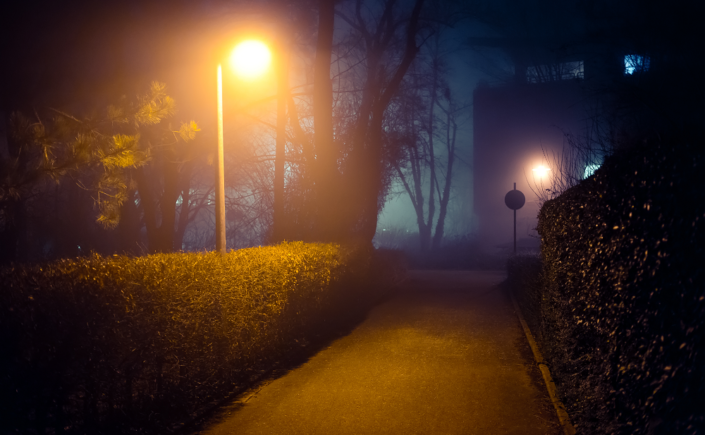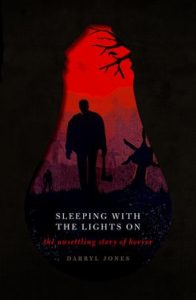By Jordan Irving, Editorial Coordinator, OUP Higher Education
I’ve always had a complicated relationship with the horror genre. As a child, I was preternaturally afraid – especially after dark. I remember falling asleep and looking at the crack in my doorway where the light shone from the hallway (because I could never fall asleep with the door closed), almost willing the ‘monster’ (or whatever it was that lurked silently in the dark) to show itself to me.
Even walking through the horror section at the video store (remember those?) would give me the shivers. I didn’t watch a fully-fledged horror film until I was 10. The inaugural film was Urban Legend about a unknown hooded killer terrorising a group of college students, killing them one by one in elaborate set pieces based on actual urban legends. I watched the movie in the middle of the day (ostensibly a very bad movie, with a very good ‘90s teen dream cast) and was terrorised by it for weeks. The hooded killer so happened to have a jacket that resembled the one that hung on the back of my bedroom door, and I eventually had to hide the jacket in the bottom of my closet because it scared me so much. I was similarly tortured by scary stories told at sleepovers by my friends, none of whom were as prone to being afraid as I was.
And then a funny thing started to happen as I got older.
I became less afraid.
The threat of the boogeyman that taunted me as a child became superseded with more concrete, less ephemeral fears. And as I grew into a person who loved film making and film, I became more fascinated by the question of how are they scaring me? Rather than why am I so scared? Much has been written about the psychology of horror, and the fascination people have with horror, especially in film. Those who prefer their entertainment lighthearted are often challenged by the notion that there is entertainment to be found in watching something that you know will scare you. I still am fascinated by this concept too. For years, I was afraid to sleep without the light on, and now I voraciously consume horror culture, excited by a new concept that scares me in a new way. This year, I saw Hereditary – the debut film of writer-director Ari Aster – and was terrified, and enthralled by it. So far it’s still my favourite film of the year.
Horror is, of course, not limited to film. I have also found that reading horror books is often a far more visceral experience. You as the reader create the image in your mind, and clever horror writers know it’s far more effective to imply a horrifying image than to explicate it. I have stayed up late reading countless scary stories, my skin taut and stomach knotted, afraid but awed. When consuming art or culture, for me there’s no better feeling.
In his new book Sleeping with the Lights On, Darryl Jones explores this very phenomenon. Early on in the book, there’s a quote from innovative horror director John Carpenter observing the following:
There’s an essential question that you have to answer, and it’s basic when you make a film. There’s two kinds of [horror]. There’s left-wing horror and a right-wing horror. Now, the right-wing horror – we’re all a tribe, and the evil is out there. [Points into the distance]. It’s gonna come and get us … There’s also a left-wing horror, and it’s right in here. [Points to his chest.]
I think this definition goes a long way towards explaining our fascination with horror: it’s a way of grappling with our fear of the unknown – the fear out “there”, and the fears and anxieties we grapple with internally. Of course, for many of us, our fears don’t feel normalised through the horror medium, and therefore we don’t connect with the genre. But for others (myself included) horror is catharsis, a way of facing your fears without real danger. And when it’s done well, it’s unlike anything else. Even if it means scaring yourself so badly, you still need to sleep with the lights on.
Sleeping With the Lights On is available from Oxford University Press.


Leave a Reply